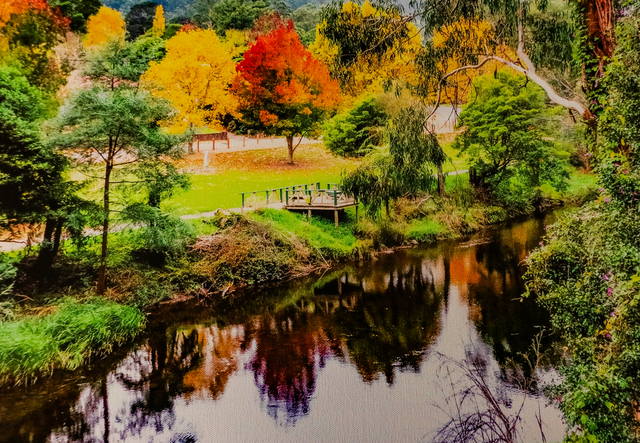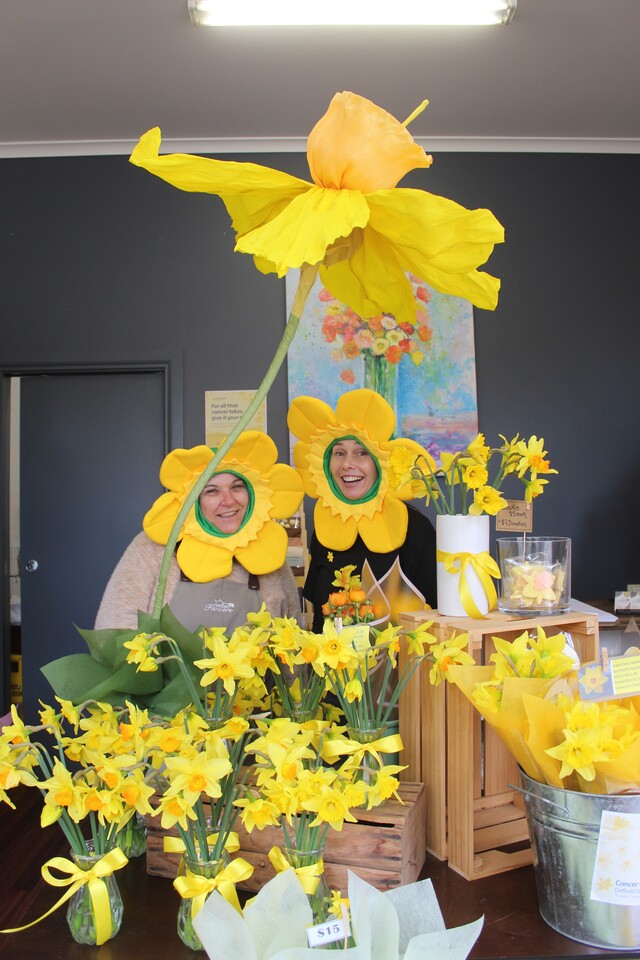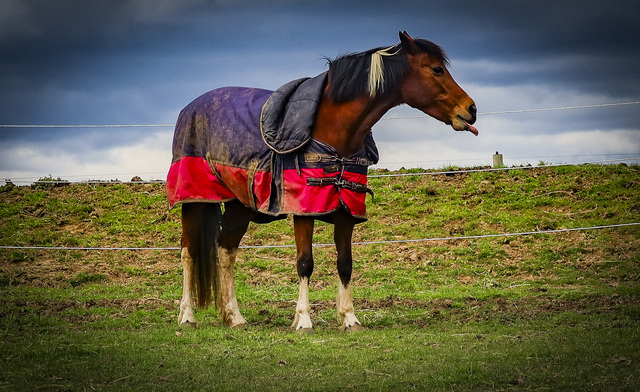Did you know that Healesville once had a thriving hops industry?
At its peak in the 1880s there were at least seven known commercial hop gardens and some smaller, probably non-commercial gardens.
It began at Coranderrk Aboriginal Station in 1872 when manager John Green introduced the crop as a part of his policy of self-sufficiency for the settlement, which had been established in 1863.
The enterprise started with planting 11 acres, extended by a further 10 acres in the late 1870s.
The operation involved not only clearing of land and the planting of crops but also cutting 26,000 ’hop poles’ and building an aqueduct, a kiln and a cooling house.
Coranderrk hops were renowned for their quality and won several notable prizes.
After he left Coranderrk in 1874, Mr Green owned a selection of 82.5 acres on Don Road between Fernshaw Road and the Grace Burn, with three acres under cultivation managed by his son John Junior.
He went on to developed his own ’somewhat triangular-shaped’ hop garden on the banks of the Grace Burn near where Maroondah Retirement Village is today.
He had up to 10 acres under cultivation.
By 1889, 23 bins were in use with about 50 ’hands’, 13 of whom were Chinese.
Steel’s hop garden was 11 acres on the Watts at the end of Wilson Street, and it was managed by John Joseph Wilson.
The kilns were on the south side of the Watts and irrigated from a weir in Queens Park, using a pipe running down Wilson Street and across the river to the garden.
Anthony Gilyard hop garden was off the Fernshaw Road in the 1890s, in the area where Maroondah Dam was later built.
Brough Smyth’s hop garden had a plantation from 1882, managed by his son Arthur on land adjacent to John Green’s selection.
Other hop gardens were located in the district and one, at least, was located on Donnelly’s Weir Road on the property known as Maroondahville, owned by the Bancell family.
In the picking season, especially during March, local schools were closed in order that children could be involved.
Whole families took part, earning up to £1 a day.
Visitors came on special trains run from Melbourne to pick the crops and the harvesting was quite a social event, with people singing as they worked and enjoying the picnic atmosphere.
Throughout the 1890s a gradual decline in hop growing occurred in Healesville.
In the 1880s and ‘90s average beer consumption in Australia dropped, reducing demand for hops. The 1890s also saw drought, floods and infestation of red spider mite reducing quality.
The one notable exception was at Coranderrk where crops continued to be harvested until 1918. The heyday of Healesville hop growing had passed and it was no longer possible to see the fields of trailing vines gracefully clinging to each other, smothered in clusters of beautiful white flowers. Time and tastes had changed and the world moved on.








